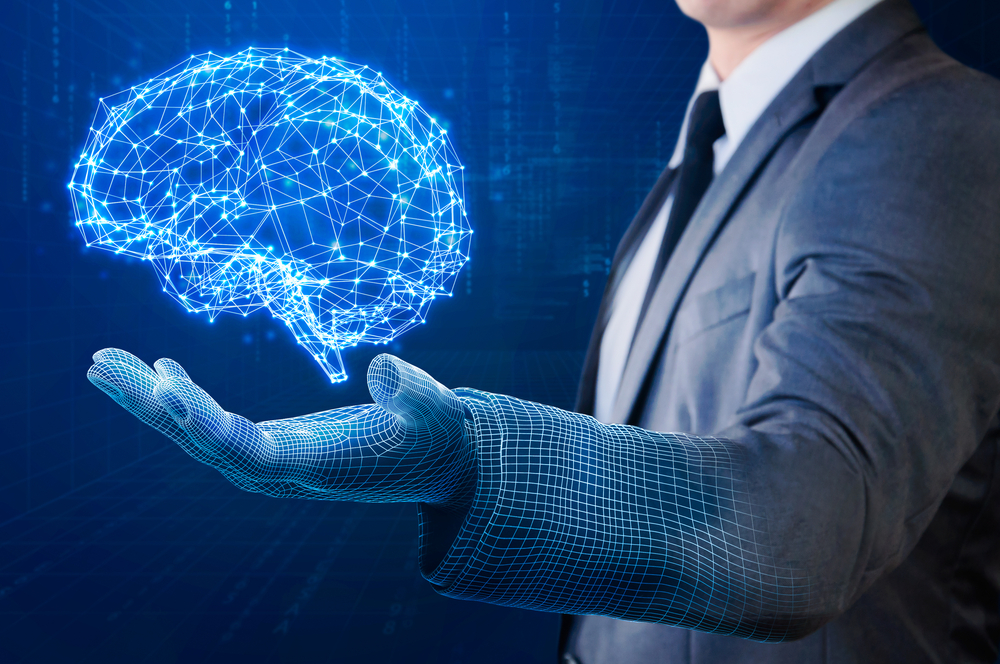The digital revolution has fundamentally reshaped our world. From instant communication to
endless entertainment, technology has woven itself into the fabric of our daily lives. However, a
growing body of research suggests a potential downside: an inverse relationship between the
soundness of mind and our digital lives. Which begs the question – is technology making us
dumber?
The digitalisation of human lives isn’t a sudden explosion, but rather a gradual tapestry woven over decades, with each technological thread subtly transforming how we interact with the world. Beginning from the invention of the telegraph in the 1800s marked the beginning of a shift towards information transmission through coded signals. Today, we stand at the cusp of an era where everyday objects are interconnected (IoT) and AI is increasingly integrated into our lives. The implications of these advancements on human interaction with technology are still unfolding.
The development of punch cards in the 1800s and the first mechanical computers in the early 1900s introduced the
concept of storing and processing information in a digital format. While their impact on daily life was limited, they laid the groundwork for the information revolution. Early industrial automation with machines controlled by punch cards and relays offered a glimpse into a future where technology would handle repetitive tasks.
The invention of the transistor in the 1940s miniaturised and revolutionised computing. This paved the way for smaller, faster, and more affordable computers, laying the groundwork for widespread digital adoption. Large mainframe computers emerged in the mid-20th century, primarily used by governments and businesses for data processing and scientific calculations. Their influence trickled down, influencing areas like record keeping and early data analysis.
The introduction of personal computers in the 1970s and 1980s marked a significant shift. These machines, though
initially expensive and limited in functionality, brought computing power closer to individuals, fostering a new era of personal digital interaction. Thereafter, the rise of the internet in the 1990s truly ignited the digital revolution. Connecting computers globally, it transformed communication, information access, and social interaction.
The invention of the World Wide Web in the early 1990s provided a user-friendly interface for accessing information on the internet. Suddenly, the vast potential of the digital world became accessible to a global audience. The explosion of mobile phones in the late 1990s and early 2000s pivoted digitalisation. These devices brought the internet and its vast capabilities into people’s pockets, blurring the lines between the physical and digital worlds. This made imminent the rise of social media platforms in the early 2000s fundamentally altered communication and social interaction. These platforms facilitated real-time communication, content sharing, and community building on a global scale.
Cloud computing, offering on-demand access to computing resources, and the emergence of big data analytics have
transformed industries and reshaped how information is stored, accessed, and utilised.
The digitalisation of human lives is an ongoing process. We can expect further advancements in areas like virtual
reality, augmented reality, and automation. These advancements will undoubtedly reshape our lives in unforeseen ways. As we move forward, it is crucial to address potential challenges associated with digitalization, such as social isolation, information overload, and privacy concerns. We must strive to create a digital future that is inclusive, equitable, and complements, rather than replaces, human connection and interaction. The key lies in embracing technology’s potential for good while fostering a healthy balance between the digital and physical realms, ensuring the human touch remains a vital thread in the tapestry of our lives.
Studies published in the journal Computers in Human Behavior (2015) and Psychological Science (2015) point to a
correlation between increased screen time and attention difficulties. Heavy social media use and multitasking across multiple digital devices can lead to reduced attention spans and difficulty focusing. Social media platforms, while fostering connections, can also be breeding grounds for cyberbullying and social comparison. Research published in the Journal of Adolescent Health (2017) found a link between cyberbullying victimization and depressive symptoms in adolescents. Additionally, studies in Nature Human Behaviour (2018) highlight how excessive social media use, particularly focusing on curated images of others’ lives, can lead to feelings of inadequacy and decreased self-esteem. This a highly desecrating yet prevalent phenomena in our current societies. The constant barrage of information andupdates on social media can contribute to feelings of FOMO, a fear of missing out on social events or experiences. Research published in Computers in Human Behavior (2018) suggests that FOMO can exacerbate social anxiety and depression symptoms.
The blue light emitted by electronic devices can suppress melatonin production, leading to sleep disturbances. A study published in Sleep Health (2018) demonstrated a link between insufficient sleep and increased risk of depression and anxiety. Moreover, technology can be highly stimulating, triggering the release of dopamine, a neurotransmitter associated with pleasure and reward. This can lead to compulsive behaviors and difficulty disengaging from digital devices. A study in Behavioural Brain Research (2013) demonstrated the potential for technology to become addictive, with negative consequences for mental health.
These consequences are multifaceted. A strong correlation can be established between increased screen time and
attention difficulties. Multitasking across digital devices and the constant stream of notifications can lead to reduced attention spans and difficulty focusing. The abundance of information readily available online can lead to a reliance on external memory sources, potentially weakening our ability to retain information independently. Furthermore, rapidly switching between tasks and information sources in the digital world may come at the expense of cognitive flexibility, the ability to adapt to changing situations and think creatively. The fast-paced digital world can encourage reliance on mental shortcuts (heuristics) for decision-making, which can lead to biases and suboptimal choices.
Social media algorithms and personalized news feeds can create echo chambers where users are primarily exposed to
information that confirms their existing beliefs. This can limit our exposure to diverse viewpoints and hinder our ability to make objective decisions. Social media giants such as Meta and TikTok have recently been subjected to increased scrutiny by the European Union and the US for their algorithm-based targeting of users and endangering of their privacy and security. TikTok faces a complete ban in the United States over additional suspicion that it is party to the Chinese Communist Party’s efforts to penetrate US social networks, collect critical data, and thereafter further its agenda. Social media platforms can be breeding grounds for misinformation and “fake news.” The ease of sharing unverified information can have a detrimental impact on public discourse and decision-making. Emerging technologies like deepfakes, which can create realistic-looking videos of people saying things they never did, pose a new challenge in the fight against misinformation.
Technology provides instant access to a vast amount of information, potentially enhancing knowledge and understanding of the world. Online learning platforms and educational resources offer unprecedented opportunities for intellectual exploration. However, the ease of access to information doesn’t necessarily translate to critical thinking skills. The ability to evaluate information sources, identify bias, and form well-reasoned arguments remains essential. Digital literacy plays a crucial role in navigating the information landscape effectively. Some argue that the constant stimulation of the digital world can hinder deep thinking and creativity.
Over-reliance on technology for tasks and problem-solving can lead to a decline in common sense – the ability to make sound judgments based on practical experience and understanding. Echo chambers and curated online content can
create a distorted view of the world, limiting our understanding of diverse perspectives and real-world complexities. In recent years, myriad digital and social media trends have seemed to upended any roots or basis of common sense or generally accepted demeanour. Moreover, the propagation of such attitudes at a global level seems to have significantly altered our societies’ conduct, aspirations, essence and paved way for what some might term as unadulterated and inordinate “cringe” in regular lives.
Technology’s impact on our minds is multifaceted. While it offers undeniable benefits, potential downsides require
careful consideration. The key lies in promoting digital literacy, fostering healthy digital scrutiny, and striking a balance between the digital and the real world. By nurturing critical thinking, prioritising mental well-being, and maintaining a healthy skepticism towards online information, we can harness the power of technology to enhance, rather than diminish, our cognitive abilities, decision-making skills, and understanding of the world.






